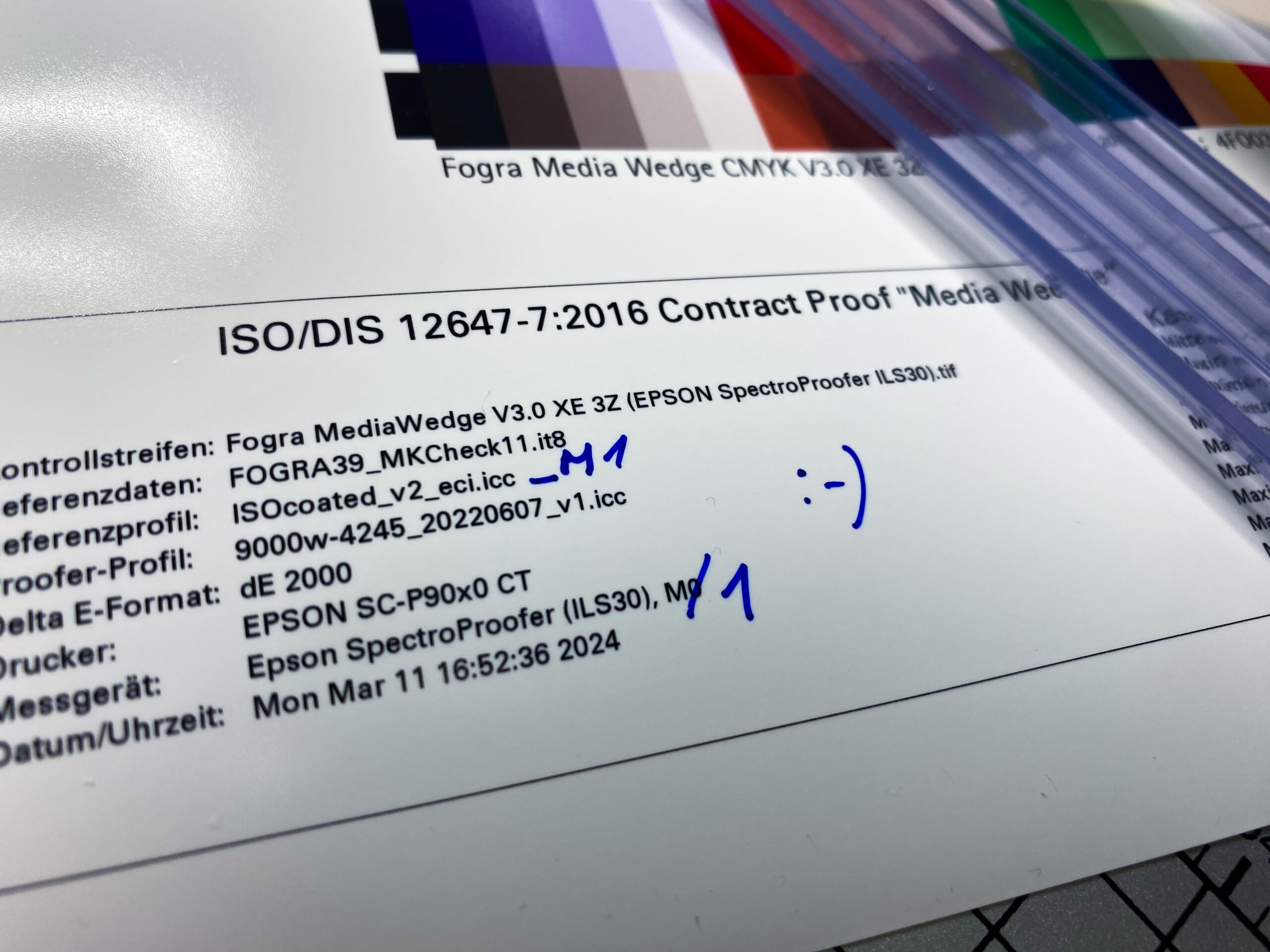Since 2009, printers and proofing service providers have increasingly encountered a new D50 lighting standard: ISO 3664:2009, which defines how the new D50 standardized light, under which proofs and print products are to be evaluated, looks like. The new standard light contains UV components that address the optical brighteners that are frequently used in offset papers nowadays.
The result: next to a bluish-white glowing sheet in the pressroom, there is a yellowish-pale proof.
What is the reason for this? The standard came sort of as a surprise and was poorly communicated within the industry. All proofing substrates available from proofing service providers contain no or almost no optical brighteners – this was previously a requirement. And under the old D50 standardized light – which did not contain any UV components – the proof and production run looked identical, since the optical brighteners were not addressed in the production run. Proofing and production printing can no longer be compared on all new presses that are already equipped with light tubes of the new standard: This looks completely different, the differences in paper white are absolutely obvious.

